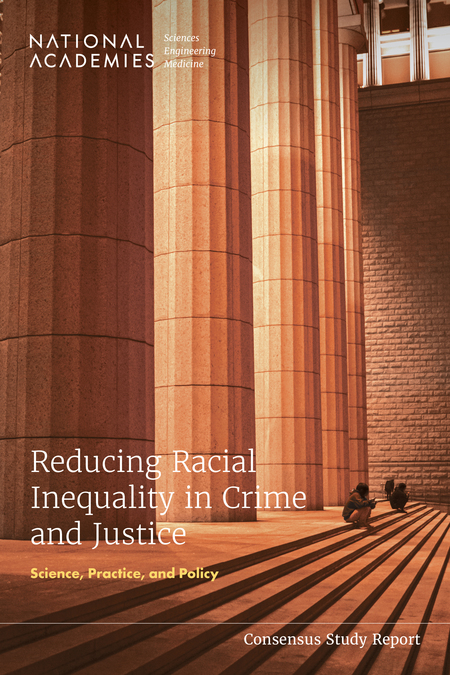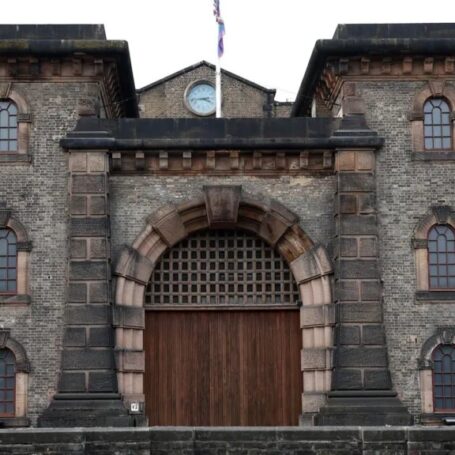National Academies Looks at How to Reduce Racial Inequality In Criminal Justice System
Black American, Native American and Latino people face arrest, detention, incarceration and community surveillance at higher rates than do white people in the United States. To address these racial and ethnic inequalities in the U.S. criminal justice system, the National Academies of Sciences, Engineering and Medicine just released “Reducing Racial Inequality in Crime and Justice: Science, Practice and Policy.” The consensus report offers research evidence and public policy suggestions for criminal justice and non-criminal justice reforms targeting racial inequality.
The Academies’ Committee on Reducing Racial Inequalities in the Criminal Justice System crafted the report based on existing evidence of racial inequality in criminal justice from various social science disciplines including criminology, sociology and psychology. Building on this research, the committee’s recommendations address not only criminal justice directly, but also the economic, educational, environmental and public health issues that relate to crime.

The report identifies various trends in criminal justice disparities. For instance, it notes that Black Americans, Native Americans and Latino people are more likely to be homicide victims than other groups, and that disparities in homicide victimization have increased since 2010. The report also notes that Black Americans are stopped by police officers and jailed at higher rates than other groups and Native American people face increased incarceration rates.
The report notes how disparities in the criminal justice system can be attributed to a history of racial inequality and disparities in housing, communities and economic and social opportunities. The committee asserts that efforts to target inequality can be supported by addressing deeper socioeconomic issues.
“Research tells us that the relationship between racial inequality in criminal justice and racial inequality more broadly is a pernicious and persistent feedback loop,” said Khalil Gibran Muhammad, professor at Harvard Kennedy School and committee co-chair. “These perpetuating effects of inequality can lead to continual criminal justice involvement for individuals, severely impacting neighborhoods and communities.”
Based on its findings, the committee recommended policy reforms across all stages of the criminal justice system. For instance, it suggested that federal and state agencies conduct research and create policies that result in fewer police stops, detentions, imprisonments and lengthy sentences. The report notes that policy can be created by assessing community-driven safety programs, working with communities who have faced the criminal justice system and researching tribal models of justice.
The report also suggests two distinct approaches for targeting racial disparities in crime and justice. The first suggestion is for the criminal justice system, including law enforcement, courts, community supervision and corrections to face policy reform, and the second suggestion is for increased support of and policy reform for community efforts.
“With a rise in urban homicide rates since 2020, there have been calls to scale back recent criminal justice reforms. But research shows it is possible to improve outcomes for communities that feel the worst effects of criminal justice inequality without increasing crime,” said Bruce Western, professor at Columbia University and committee co-chair. “Violent crime is a racial equity issue, and there are many significant examples of reducing crime while also reducing racial disparities in the criminal justice system.”






























































































